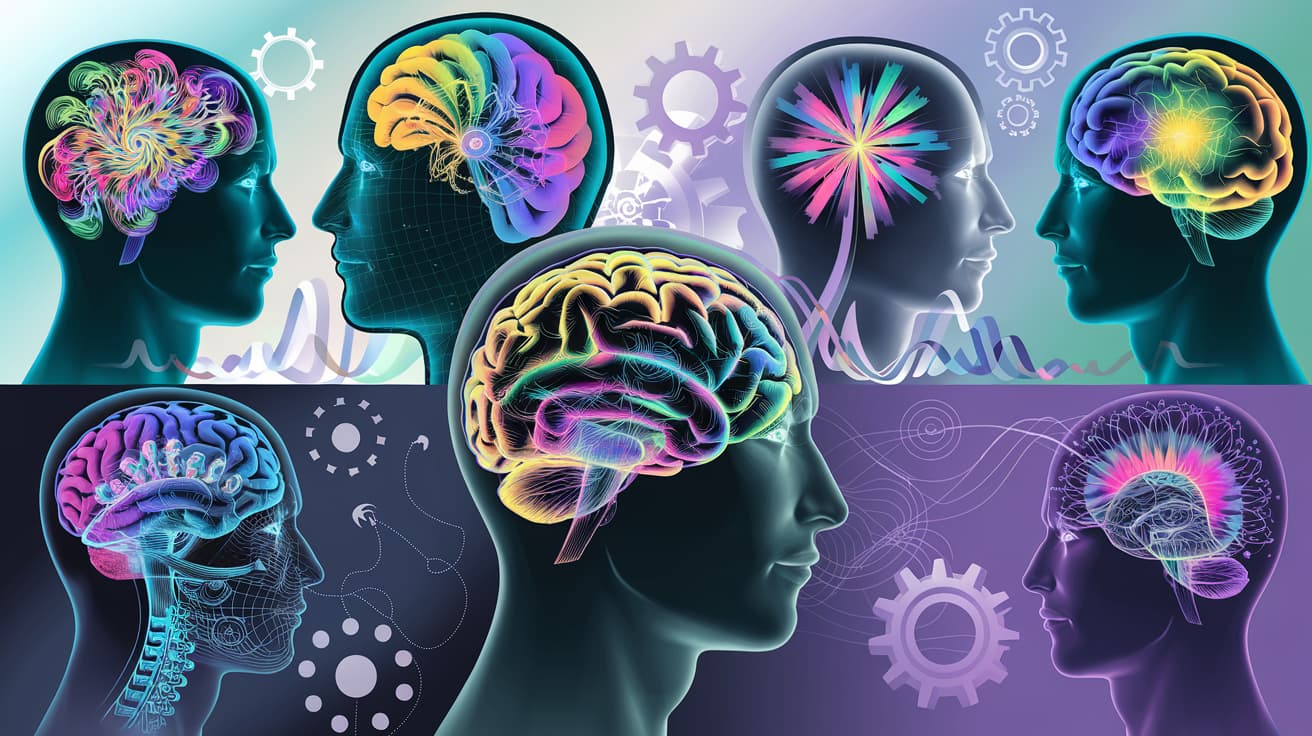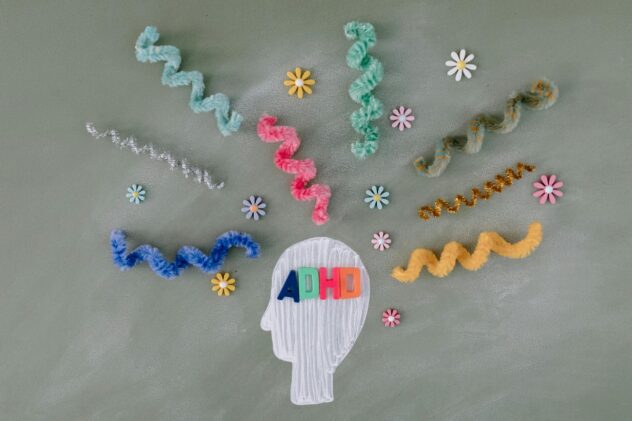Understanding Neurodivergence Myths: Breaking Stereotypes
Let’s get something straight. Neurodivergence isn’t the latest TikTok trend, it’s not a super-catchy label, and no, your ADHD friend isn’t just ‘quirky.’ Misconceptions about neurodivergence are everywhere, a bit like those questionable health tips your aunt shares on Facebook. But here’s the good news. Understanding neurodivergence myths means clearing out the clutter of stereotypes and making room for the truth.
Ready to swap outdated assumptions for something more interesting? Let’s dive in.
Myth 1: Neurodivergence Is a Disability That Needs Fixing
The idea that neurodivergence needs “fixing” is about as useful as trying to solve a Rubik’s cube in the dark. Of course, neurodivergence comes with its challenges, but it’s also brimming with strengths, quirks, and perspectives that make life far more colourful. In fact, we at Herbal Biohacker think that, when understood and supported, it becomes a superpower which can be harnessed to great effect.
Unlock peak brain performance with science-backed biohacks. Join free now & get your guide for just £4.99 (45% off)!

Let’s take a whirlwind tour of the many types of neurodivergence and celebrate what makes each uniquely brilliant:
- ADHD: For starters, ADHD brings creativity and quick thinking in turbo mode. Yes, you might lose your phone (hint: it’s in the fridge), but ADHD fuels hyperfocus and problem-solving that could rival a NASA engineer.
- Autism Spectrum Disorder (ASD): Similarly, individuals with ASD often excel in exceptional pattern recognition, deep focus, and honesty that cuts through the fluff. Just don’t ask them about your new haircut unless you’re ready for the unvarnished truth.
- Dyslexia: On the other hand, dyslexia offers big-picture thinking and creativity. Spelling might feel like a cryptic crossword puzzle, but dyslexic minds connect dots others don’t even see.
- Dyspraxia: Meanwhile, dyspraxia is all about determination and out-of-the-box thinking. Sure, fine motor skills might not be their strong suit (cue hilarious attempts at folding fitted sheets), but they’re masters at tackling challenges creatively.
- Dyscalculia: As for dyscalculia, numbers might look like hieroglyphs, but their resilience and creative problem-solving skills more than make up for it. Calculators exist for a reason.
- Tourette Syndrome: Then, there’s Tourette Syndrome, which brings quick thinking and sharp observational skills. It’s not all about tics and swearing—their mental agility could leave the rest of us scrambling to keep up.
- Obsessive-Compulsive Disorder (OCD): Additionally, OCD thrives on precision and structure. Need your spice rack alphabetised? They’ve got you covered, along with a knack for creating order in chaos.
- Bipolar Disorder: Likewise, bipolar disorder brings bursts of creativity and vision that many artists and thinkers credit for their greatest achievements. Think of it as emotional rocket fuel.
- Borderline Personality Disorder (BPD): In contrast, BPD adds intensity to emotions and relationships, paired with a passion for connection and a level of empathy that’s hard to match.
- Anxiety Disorders: Finally, anxiety disorders may feel overwhelming at times, but they often come with exceptional problem-solving skills and a knack for planning (sometimes for scenarios that will never happen, but hey, they’re prepared).
The takeaway? Neurodivergence isn’t a flaw to be fixed. Rather, it’s a diverse spectrum of traits and abilities that make the world richer, more innovative, and infinitely more interesting. Let’s stop seeing these differences as “problems” and start recognising the value they bring. After all, life would be unbearably dull if every brain worked the same way.
Myth 2: All Neurodivergent People Are the Same
Saying all neurodivergent people are alike is like saying all ice cream tastes the same. (Tell that to someone holding a tub of cookie dough.) Neurodivergence includes a wide spectrum of conditions, and even people with the same diagnosis can be as different as chalk and cheese.
For example, one autistic person might struggle with loud environments, while another thrives in a bustling office. Recognising the individuality within neurodivergence is crucial. Understanding neurodivergence myths means appreciating the many flavours of human experience.
Myth 3: Neurodivergence Is Just a Trend
“Neurodivergence is just a Gen Z thing,” said no one with a history book. Neurodivergence isn’t new; it’s just that society has finally caught up with the science.
Figures like Mozart and Emily Dickinson didn’t have hashtags or diagnostic apps, but they likely fell somewhere on the neurodivergent spectrum. The rise in awareness today is due to better understanding, not a sudden spike in ADHD and autism.
Understanding neurodivergence myths means seeing these conditions as timeless, not trendy.
Myth 4: Neurodivergent People Can’t Be Successful
Let’s ditch this myth faster than a bad date. Neurodivergent people succeed in countless ways, often by leaning into their strengths and embracing their unique perspectives.
Take Temple Grandin, who transformed animal science, or Richard Branson, whose ADHD has fueled his entrepreneurial spirit. But success isn’t just about fame; it’s about thriving in personal goals, careers, or creativity.
The key is building environments that let neurodivergent individuals flourish.
Myth 5: Neurodivergent People Lack Empathy
This myth needs to be put to bed. Neurodivergent people often feel empathy deeply, but it might not always look the way others expect.
For instance, someone with autism might show care through actions rather than words, while someone with ADHD might express emotions in bursts of enthusiasm. Understanding neurodivergence myths means moving past surface-level assumptions to truly connect.
Why Understanding Neurodivergence Myths Matters
Debunking these myths isn’t just about being in the know; it’s about building a world where everyone’s brain is valued. When we replace stereotypes with understanding, we create spaces that celebrate individuality and foster inclusion.
Understanding neurodivergence myths helps us move from outdated thinking to a more compassionate, accurate view of the world.
Join the Conversation
Got your own stories or insights about understanding neurodivergence myths? Share them in our community. Let’s keep breaking down barriers, myth by myth, and celebrate every unique brain.







